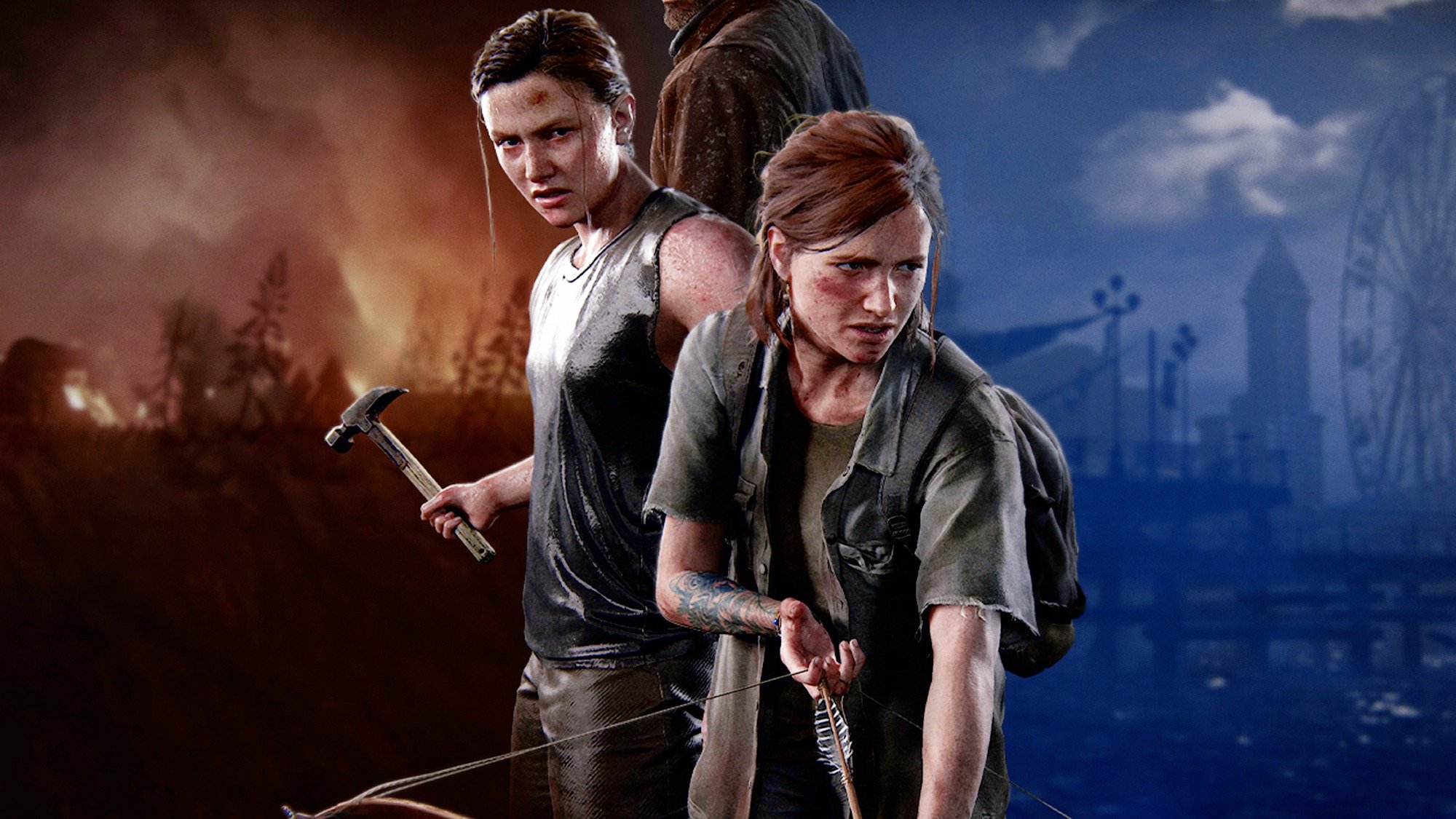
Rainbow colors in space: This image is not from the Webb Telescope. This image from the Hubble Telescope shows the “Lagoon Nebula (M8)”, in Europe “Lagoon Nebula”. (NASA, Hubble Telescope)
A good photo is a challenge: the light and angle have to be right – and the right subject has to be found. When all of these factors come together, amazing photos can be created.
In our case, photos were taken with NASA’s James Webb Telescope. Colorful galaxies, gigantic gas clouds and radiant systems can be seen.
So let’s look up at the stars…
A look into the heart of many mysterious galaxies
We have put together some of the best photos for you. NASA published it at the end of January 2024. Buckle up and travel with us to a galaxy far, far away…
Seen in Figure 1: The NGC5068 system

How many stars can you count in this photo? (Source: NASA, ESA, CSA, STScI, Janice Lee (STScI), Thomas Williams (Oxford), PHANGS Team)
Something paradoxical: Star images are not real-time photos. Before the light from these stars reaches us, it travels gigantic distances and often takes millions of years. So we travel a bit when we look at these pictures in the past.
In case of James Webb Space Telescope (JWST) the recorded spiral galaxies are loud Reuters an incredible 15 to 60 million light years from Earth. The closest galaxy in NASA’s recently released images is the one called NGC5068:
Worth knowing: A single light year is the distance that light travels in one year. This corresponds to an incredible 9.5 trillion kilometers.
For comparison: The Moon and Earth are 384,400 km apart, the Sun and Earth are 150 million km apart.
Images 2 and 3: Spiral galaxy NGC 1300 and galaxy NGC 1672
Since 2021, the JWST has been taking images for us in space with spectacular results. This image of the spiral galaxy NGC 1300 provides another look into the distance. It is located a spectacular 69 million light-years away in the constellation Eridanus:

Thanks to the latest technology, the Webb telescope can also better display the dust and gas clouds. (Source: NASA, ESA, CSA, STScI, Janice Lee (STScI), Thomas Williams (Oxford), and the PHANGS team)
The new images also inspire researchers and scientists. So says Janice Lee, project scientist for strategic initiatives at the Space Telescope Science Institute in Baltimore, in the article NASA:
Webb’s new images are extraordinary. They are baffling even to researchers who have studied the same galaxies for decades. The bubbles and filaments are resolved to the smallest scale ever observed and tell a story about the cycle of star formation.

The center of this galaxy looks like a gold-blue gemstone. (Source: NASA, ESA, CSA, STScI, Janice Lee (STScI), Thomas Williams (Oxford), and the PHANGS team)
The image shows the galaxy NGC 1672, which is around 60 million light-years away from us (Dorado constellation).
Worth knowing: The Webb telescope has a so-called NIRCam (near-infrared camera). The MIRI data (mid-infrared instrument) ensures that you can see the glowing dust better. The telescope can even detect stars that have not yet fully formed. According to NASA, they are shrouded in dust and gas.
This is where we find the youngest, most massive stars in the galaxies.
That’s what Erik Rosolowsky, a physics professor at the University of Alberta in Edmonton, Canada, says. It is fascinating that with today’s technology we are able to witness this.
For a bit of a headache: So we see the birth of a star that began 60 million light years ago – the star can now do so in real time mature
Image 4: Galaxy NGC 1566
Below you can see an image of a system 60 million light-years away in the Dorado constellation – taken once with the Hubbel telescope and once with the Webb telescope:

“Planetary vortex” image: Left from the Hubble, right from the Webb telescope. (Source: NASA, ESA, CSA, STScI, Janice Lee (STScI), Thomas Williams (Oxford), Rupali Chandar (UToledo), Daniela Calzetti (UMass), PHANGS Team)
In this image you can see the galaxy NGC 1566 at a distance of 60 million light years. It is native to the Dorado constellation.
Color science in space: This is what the blue, red and pink dots in the pictures mean
NASA’s contribution explains how the galaxies were formed from the images. Galaxies grow from the inside out. A star in the center of a galaxy is significantly older than a star at the outskirts of a galaxy – these usually form much later and are therefore younger.
The places with the bluish light are usually older stars. If you notice pink or red dots in the pictures, this is a special phenomenon:
This is a clear sign of an active, supermassive black hole. Or the star clusters in the center are so bright that they outshine this area of the image.
That’s what Eva Schinnerer, research associate at the Max Planck Institute for Astronomy in Heidelberg, Europey, says.

Can you spot the different blue, pink and red stars? (Source: NASA, ESA, CSA, STScI, Janice Lee (STScI), Thomas Williams (Oxford), and the PHANGS team)
For classification: This is the galaxy NGC 1512 at a distance of 30 million light years in the distant constellation Horologium.
Two more space images: Martian rocks & night glow
In addition to galaxies, some photos are not only magical, but also a bit strange. Here you can see a piece of rock on Mars that looks a bit like a flower or coral:
Link to Twitter content
The following Twitter posting (now X) shows our Earth. The photo was taken by Danish astronaut Andreas Mogensen at an altitude of 415 km above the Pacific Ocean. The phenomenon can be seen Airglow
– Night sky light:
Link to Twitter content
According to that Europe Weather Service The glow occurs in the upper atmosphere of our earth. Airglow appears in many impressive images as a structureless greenish veil at the boundary layer of the ionosphere and the lower layers of the atmosphere. In this case, however, it glows gold and red.
Can you also devote yourself to the magic of the stars for hours and ponder the infinite expanses like our author? What do you find particularly fascinating about these images? Have you ever imagined exploring these worlds in a spaceship and setting foot on foreign planets like Captain Kirk? Feel free to write your thoughts about these pictures in the comments.
Table of Contents








